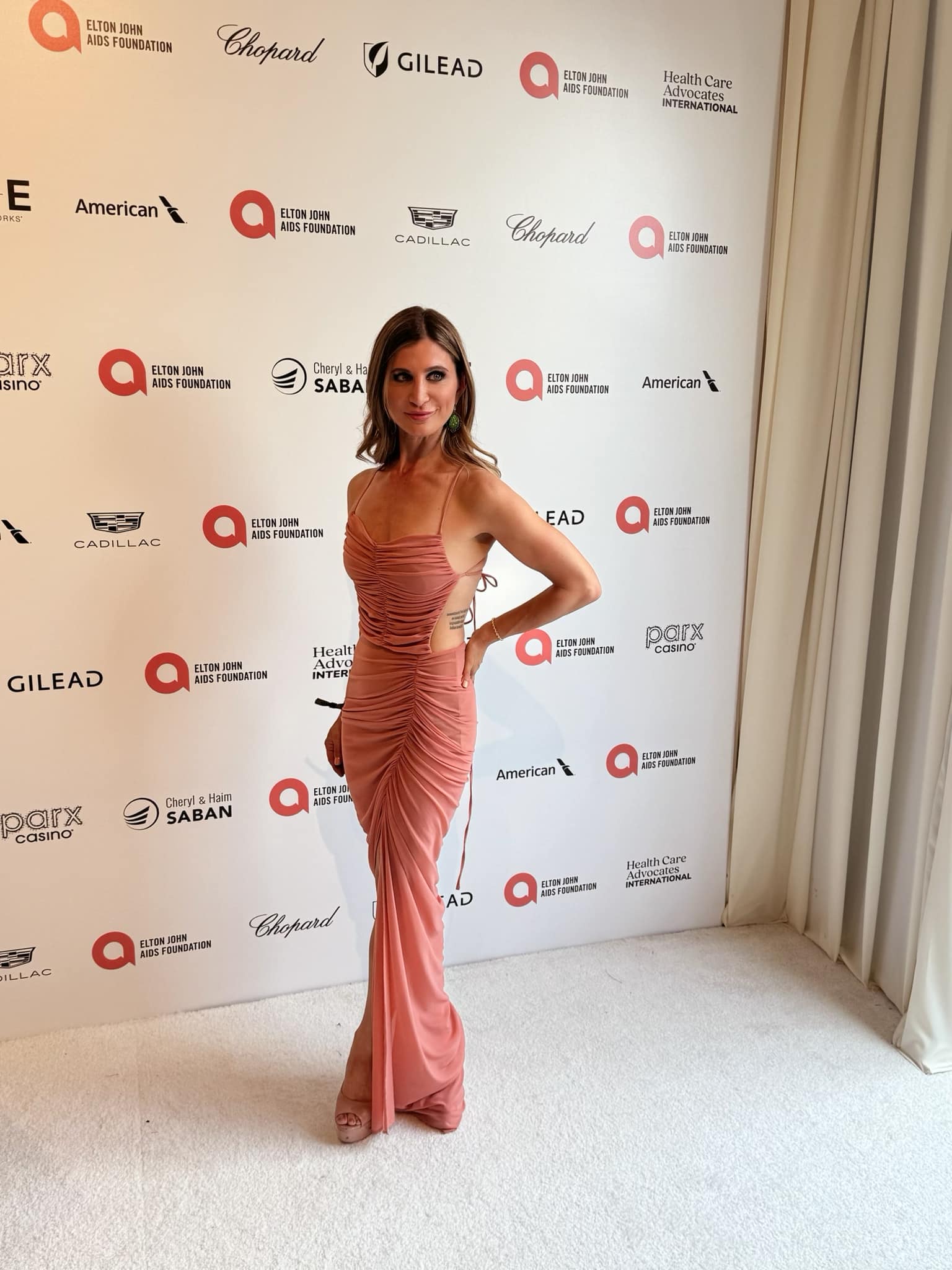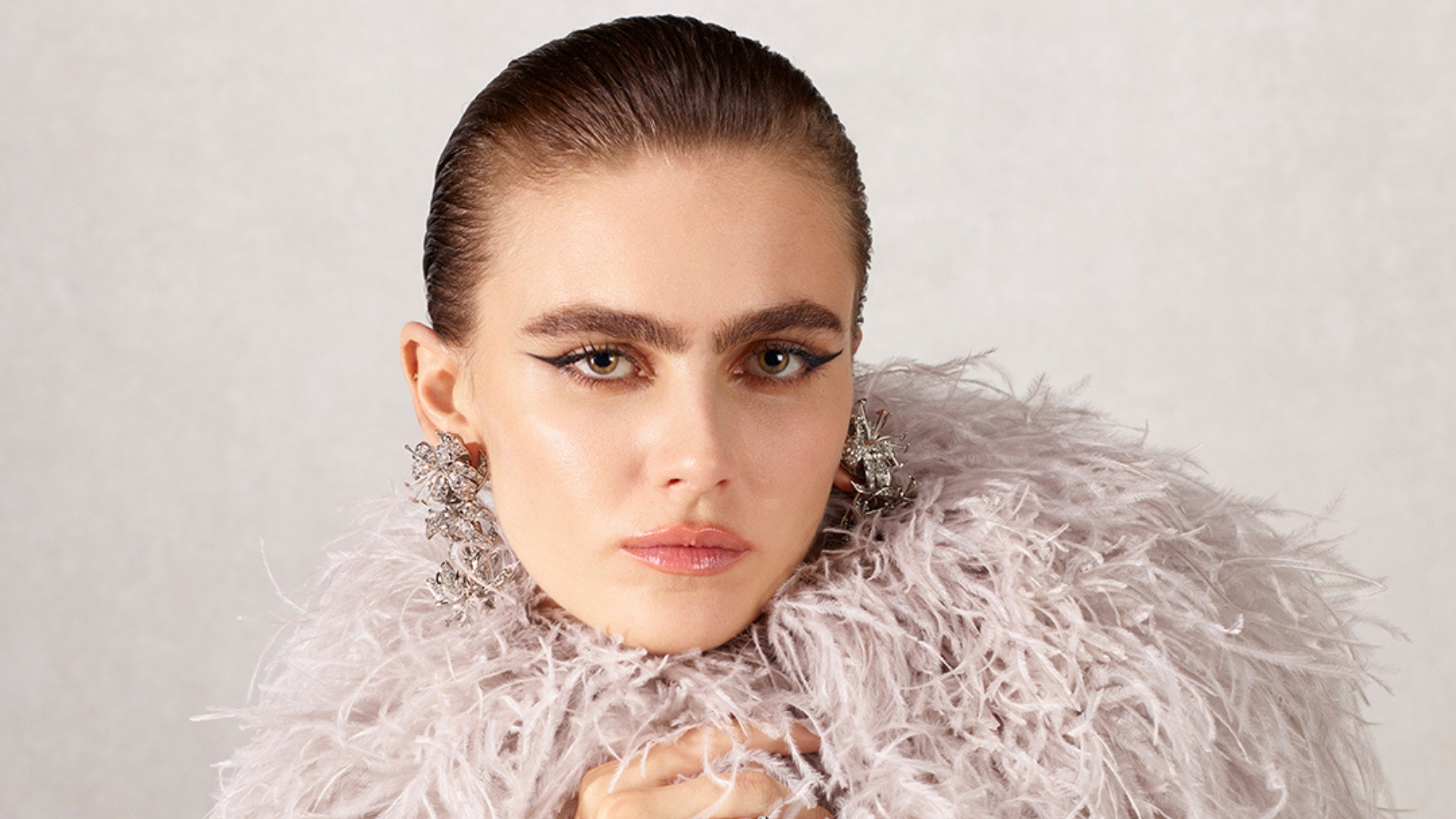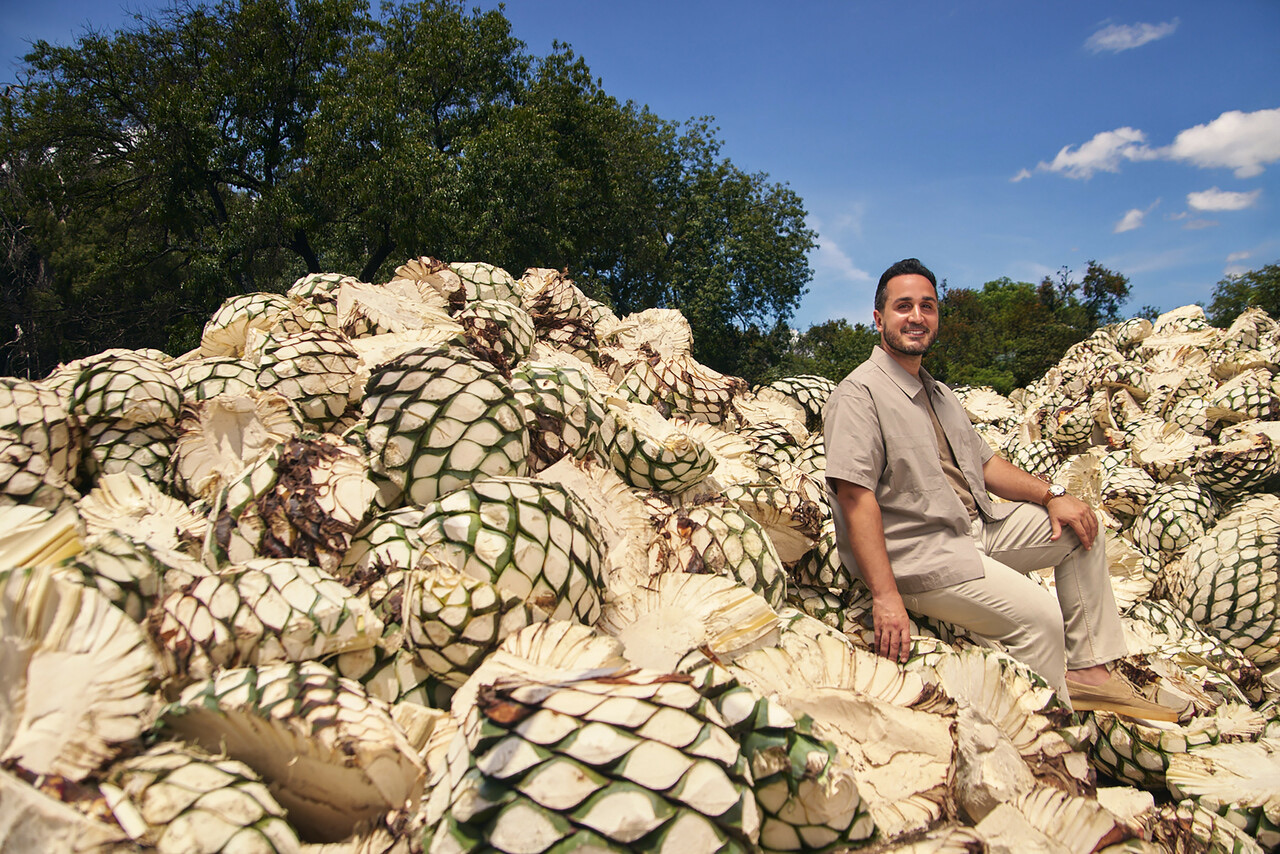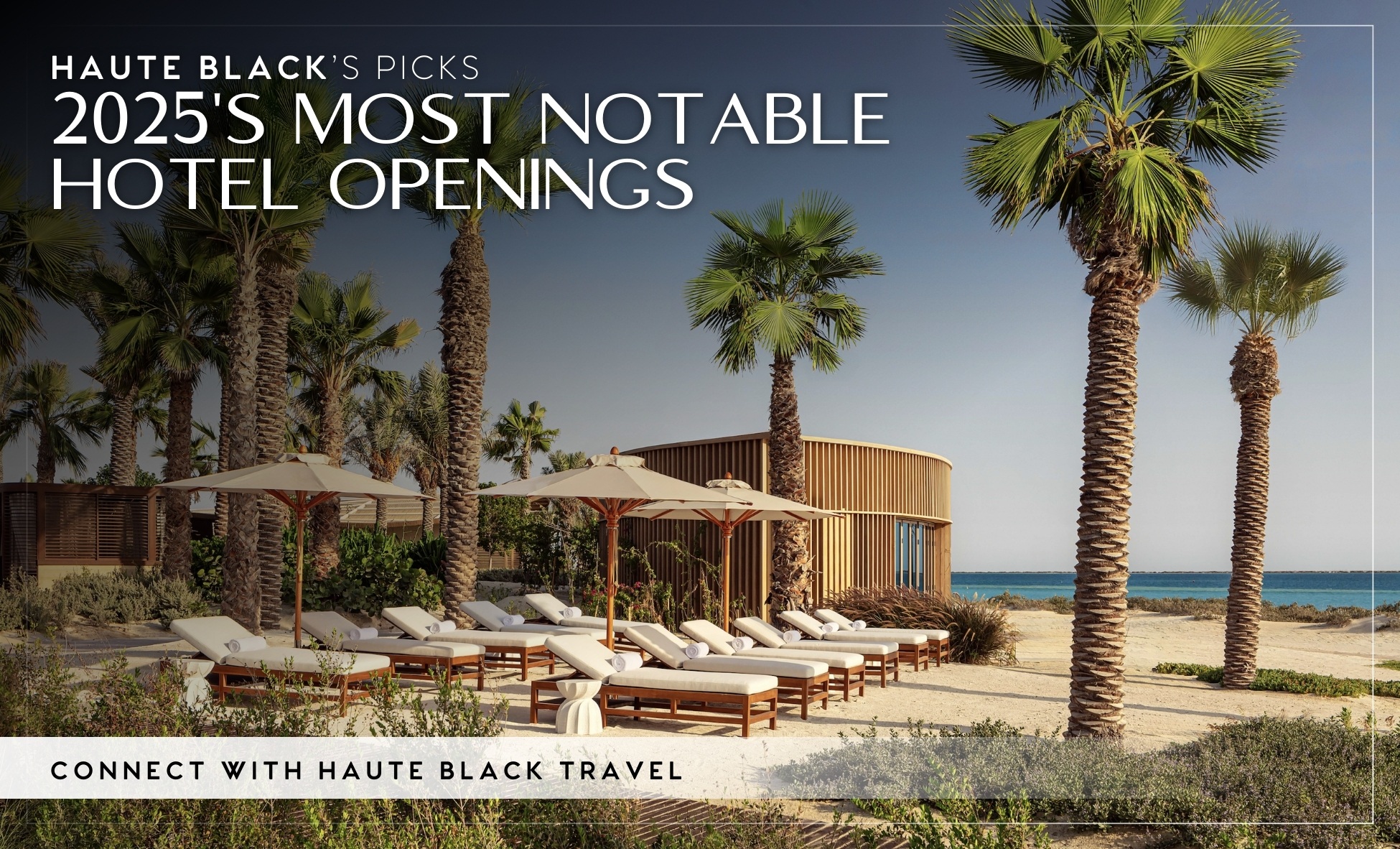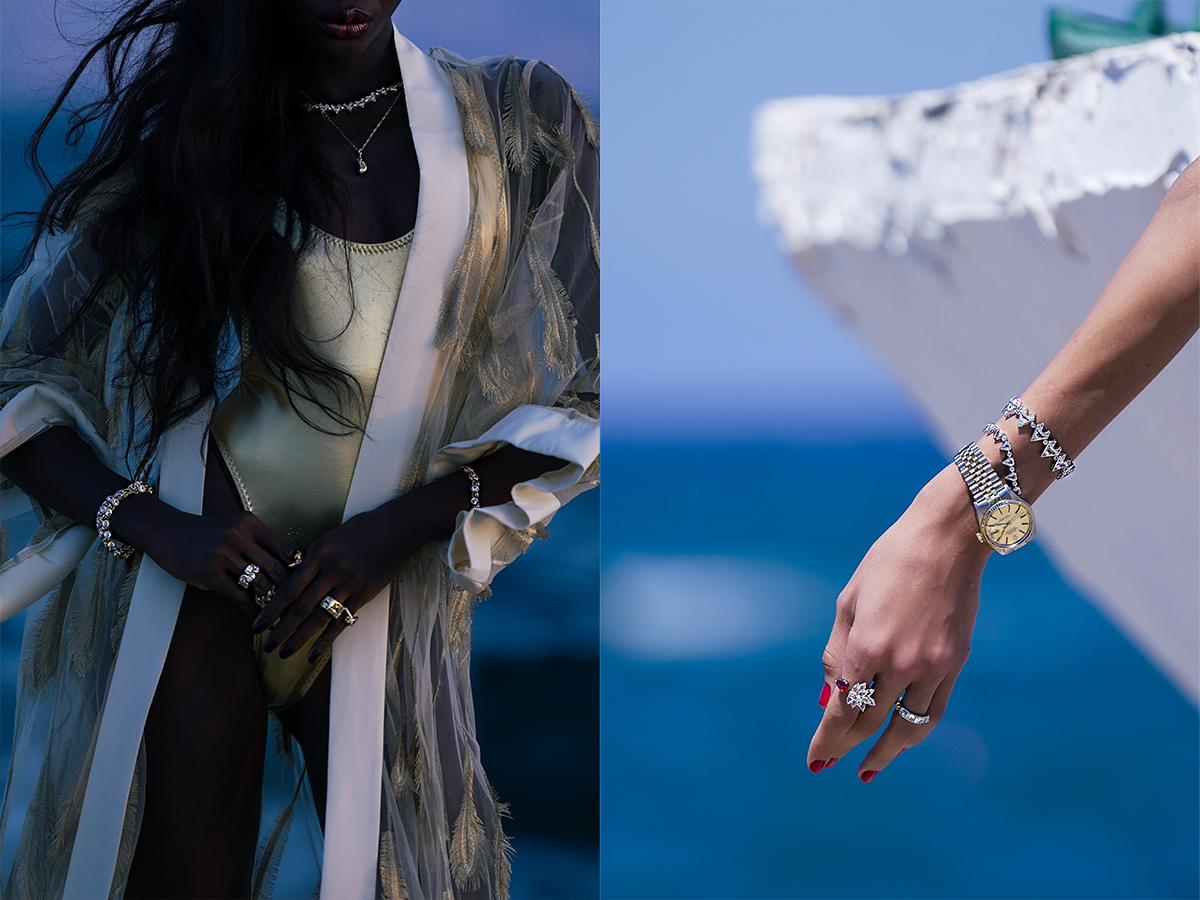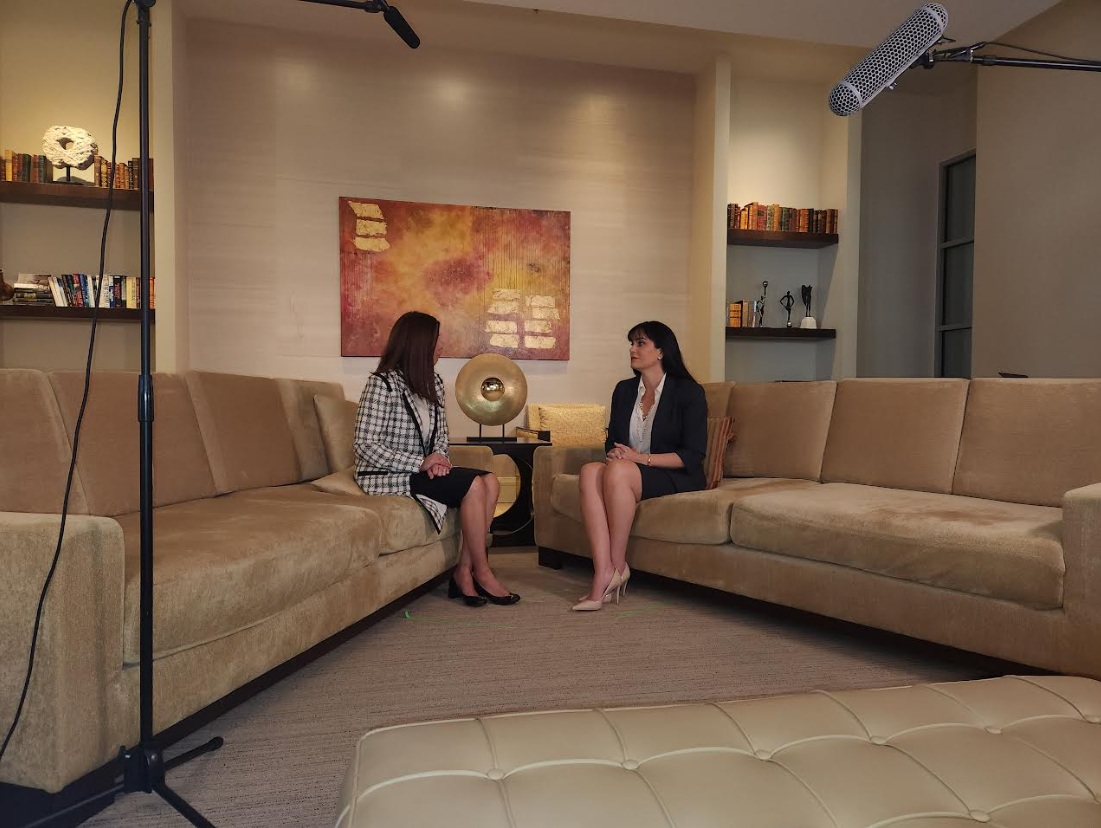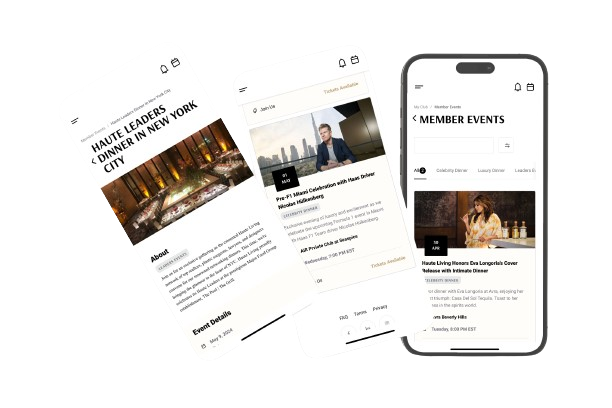Chinese Artist Zhang Huan On The Inspiration Behind His Lunar New Year Collaboration
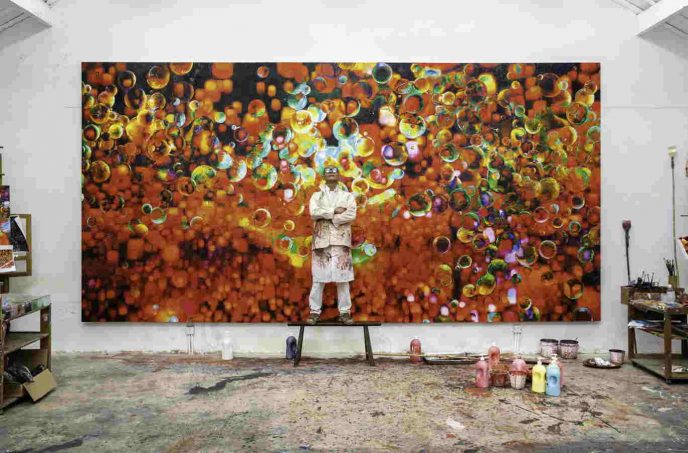 Photo Credit: Hennessy
Photo Credit: Hennessy
Chinese artist Zhang Huan kicked off the Year of the Rat with a bang by partnering with Hennessy to unveil a groundbreaking collaboration: for the first time ever, the Maison commissioned a monumental work of art, Huan’s Eaux-de-vie, an additionally designed a special Chinese New Year edition of the Hennessy art bottle.
Drawing on his time as a foreigner in the United States, Zhang Huan, who burst onto the international art scene in the Nineties by staging performance art events in New York City, imbues his work with life experience earned through travel. He brought this element to his Hennessy commission, as well as a sense of joy and celebration as well as a reflective quality that captures the essential mediations every New Year brings.
Distilled through the artist’s signature visual language, Hennessy’s eaux-de-vie appear like individual cellules that come together in a unique whole. Upon closer viewing, red lanterns, grapes and amber cognac become apparent within each cellule. The longer the viewer gazes at the work, the more the cellules seem to take on a life of their own, floating freely through space like so many symbols of each individual’s place in the universe.
We chatted with this international artist about his collaboration and why his native country constantly inspires him.
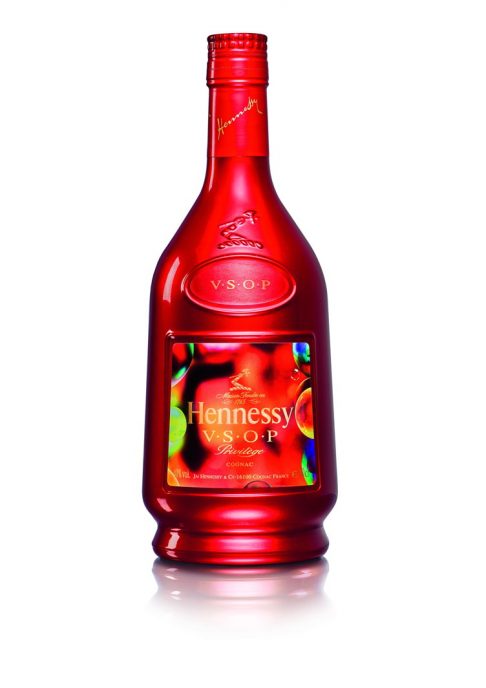 Photo Credit: Hennessy
Photo Credit: Hennessy
How would you describe your artistic style?
Well, see my art, strictly speaking, well, I didn’t really have a particular style. You see, my idea is that you see if you’re talking about a certain school of style, that only if you die then after 100 years and people study your art, then they’ll give you a theory of style. So when you’re living, you really don’t have a style.
I want to talk a bit more about your collaboration with Hennessy. How did it come about?
Well in fact that if you’re thinking about it with a Chinese way, is that we can only say that fate decided or there is serendipity. When things mature, when the time is right, then fate would make us meet, and then we work together.
You see, the thing is that I believe that everything happens for a reason. And the critical thing is when the time is right; then things will happen. So, you see, my collaboration with Hennessy is not just really just happening suddenly at one spot at one time. It has a lot of things happening in the past accumulatively with Hennessy and myself, and then all together bring forward to our collaboration. You see, timing, the timing is very important.
See, this year is the Year of the Rat. And it is the beginning of the zodiac, of the 12-year cycle, right? It is the ending of the last cycle, the year of the pig. Now at this juncture in China, we have this coronavirus. It happened at this particular time; it’s not just a thing that is suddenly happening. There is an accumulation of things for the past 12 years, and suddenly something triggered it, and it happens. Last time the last cycle of the zodiac, the ending of the year of the pig and the beginning of the year of the rat, if I remember correctly, it was 2008, was the [ Sichuan] “earthquake.” So you see, every disaster happens within the cyclical route. So that is what I’m saying that everything happens for a reason at a time. So our collaboration is also the same thing.
Then also, I must tell you, though. You see, maybe at this moment, you see, no matter earthquake or there’s a coronavirus. Now you may think it is a disaster, “Oh, is there something bad [that] happened in China.” I don’t believe that we cannot look at every incident in isolation. You see, everything happens as a cause, and there is a a result is coming from it. Now, last time with the earthquake, and this time with the virus, now it is, at this moment it is a disaster but because of this disaster, now the science team in china is already studying the vaccine, so there is a new vaccine coming into the market very soon. And that means that because of that vaccine, the scientific capacity of China is leaping forward. And also, as a result, what happens is it will lead to the mindset changing in China as well. Now people shouldn’t be eating other animals or wild animals, and people should contemplate about life and the survival of other living things, and that will cause a paradigm shift in thinking in China. And that as a result is a good thing. So we mustn’t look at everything in isolation. Cause and result is like Buddhism’s thought. And so all these changes of ways of living for the Chinese people as well. I’m just giving you a background of my view. Now coming back to what your question is…Why do we collaborate? Now I must tell you even longer, 15 years ago, Mr. [Bernard] Arnault from Hennessy started to collect my artwork. In fact, he was my biggest collector and had been supporting my work for so long.” So, of course, I should be grateful, and I should be doing what I can to support him and working with him, too.
See and also that I myself am a person who loves drinks. My hometown, Hunan, is also a place where they have a very long history with alcohol and drinking. So you see, For a good brand like Hennessy, it is a renowned brand and well-appreciated brand. When they’re looking for a collaborator, then, of course, I love to learn about the brand and understand the brand. Learn about the brewing culture and using another way another angle to learn about wine and brandies and things, which is different than the Chinese wine, from another culture. I love doing that.
Another thing to think about is that wine, brandy, and art; I think they are intricately linked, don’t you think? So to think about it there is no reason for me not to actually enter into this collaboration at all. Whether he’s my collector and then with all my hometown and I love drinking. The wine and art have such a close-knit relationship. The only thing is that I need to do it well, so that I will be happy with the result of the collaboration, the team will be happy about the result, and everyone in the world will appreciate the result of our collaboration. That’s it. In fact, for this subject alone we can produce a book!
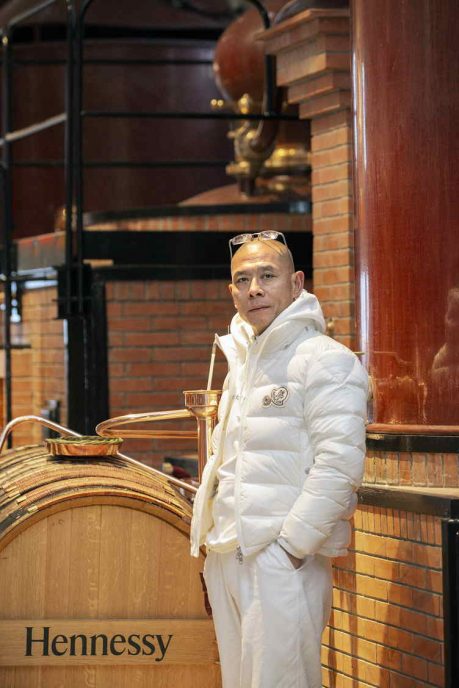 Photo Credit: Hennessy
Photo Credit: Hennessy
How did the Chinese New Year influence your artwork with Hennessy?
So you see, the Chinese New Year, in fact, it’s not just a festivity. It’s not a time for a celebration. In the CNY in the past, every time the year would come, it would actually bring forward some sort of evilness, some sort of monstrosity. And that is why in the olden days whenever at the time of the CNY the Chinese people would actually use fireworks to give a lot of these rockets and using gunpowder and fireworks and that sort of things, it is actually to make noise and scare the evilness and whatever bad omen that was looming. It is actually a kind of a demonstration of our ethnicity and then the survival of our nation, and our culture, civilization. It is actually a long and deep tradition. In fact that we actually, during the CNY every year when we have the celebration, it means to carry forward the civilization and our culture.
What message do you hope people will take away from the artwork that you’ve created for Hennessy?
First of all, you see, I was thinking about that last year in January. I was invited to visit Cognac and the Hennessy HQ in the South of France. I went to visit their production workshops and the brewing area for Cognac and went to the Chateau to look around. I tell you, in the beginning, when they were telling me that “When we do this collaboration, you need to come and see our production and visit the Cognac region.” But I thought, I don’t need to, just send me a picture, send me an image, and it’s done in the beginning, that’s what I thought.
To continue, we were talking about how I changed my view once I got there, and I realized that it’s not just an image that can do what they want me to do. I in the beginning I thought it was a waste of money. If I travel, it’s in business class, and then I am busy, and they are busy, and so many resources need to be deployed. I thought there is no need, but once I got there, I could see that they arranged for me to visit their daily ritual, which is with their winemaker, who is the master winemaker of eight generations doing this for Hennessy. The Master Wine Maker, every day would actually have his team consisting of 9 other members, and they would sit in a little room, I think like a laboratory, and on this rectangular table, there are more than 10 of the different Eaux du vie. And they taste and discuss and choose the best. And these kinds of eux du vie once tasted are not to be discarded. You see, they have a library of Eaux du vie which are accruing that is tasted and noted years and years of history. That is why Hennessy, with 250 years of history, they have cultivated a brand that people love, a product that so many people appreciate. It’s not only about the brand, it’s also carrying the family history, the family’s love, and spirit in this brand. That is why the ritual moved me so much.
That library, I told you that the Eaux du vie they tasted and make notes and would return to the library. In that library, there are 100s and 100’s and 100s of these Eaux du vie stored on the shelves, and every day they would have 10’s of these EDV to be tasted on the table to taste. I must tell you if you don’t have ten years of experience you can only taste. You don’t have the right even to speak or to comment. Imagine that one person has to sit in that library and day after day for ten years, every day tasting different Eaux du vie and let that seep into you, your bone and your blood, and that becomes, to me, not just a brand and not just a business. It is a faith and a religion and that is why it actually carries this perpetual cycle of appreciation that cannot be disrupted or interrupted. That’s why for me, I completely changed and became motivated.
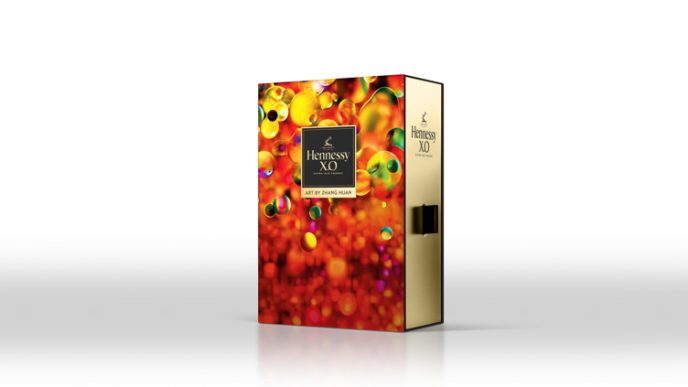 Photo Credit: Hennessy
Photo Credit: Hennessy
How does your ethnicity and culture influence your work?
I don’t even need to consider my ethnicity or my culture. It will be influenced without knowing it or thinking about it. You see, the essence of me, I have my ancestors blood and I carry everything that has been given to me by my ancestors. I really don’t need to think about it. I don’t know how it influences me; it just is.
I must tell you, another thing I think will always see a glimpse of in my work, you see, for me, the Chinese culture is a circle. The western culture is a square. But then with these two, the circle and a square together, that is what we call heaven giving us the circle and the earth giving us the square. So you have heaven and earth together, and that is everything.
Another thing to differentiate is the idea between of our vision and the western vision, you see, the Chinese culture, for example, in Chinese medicine, we will take your hand to feel your pulse and then the movement of the pulse to figure out if anything is wrong with you. The western medicine, they don’t do that, they will need to open you up to see what’s wrong inside. To further that, Chinese people and the Chinese culture, feeling is important. It’s very abstract. For the western culture, everything is about reason, logic, so that everything needs to be clear. You need to be able to see a tangible thing. Chinese culture is intangible.
Another thing that can also express from my work, you see, the Chinese culture places a lot of significance in wholistic ideas. It’s not individualistic; it’s wholistic. Now, when we’re looking at the Chinese calligraphy painting, you can see big mountains, big valleys, big water, and then you can see a small house, a small person, a small boat. That indicated that we think the universe is big and is whole. Nature around us is big, bigger than a person, bigger than an [inaudible]. It’s a wholistic view of our universe and our nature. If you look at the western painting, you see individuals. Heroism, like Napoleon, like those portraits that are telling you about this person. It’s very individualistic. It’s a different thing.
That is again, a very detailed subject if we’re talking about culture. It can be another book.
What is your favorite spot in your hometown in China and why should American’s visit?
Well, I’ll tell you two places not just limited to my hometown, okay, on earth. I believe that there are two cities, two places that I like the most, my favorite places. One is New York City. You see, the thing is, I believe that New York City is the ultimate urban city. You see a mixture of all cultures, it demonstrates inclusion, and all things happen, all cultures, all ethnicities, they are all in here, all living in here. Now, the thing is everything is so advanced here that it is at the point of going backward. You have already reached the pinnacle. What’s going forward? You’ll have to go back a little bit before you can think ahead. It is the best example of urbanism. The next place is a spiritual place; it’s Tibet. I believe that Tibet is the place where you feel you are the closest to The Almighty. It is a place that you can actually feel the faith and your soul, and it is a spiritual place, and that’s why I like these two places the most.

